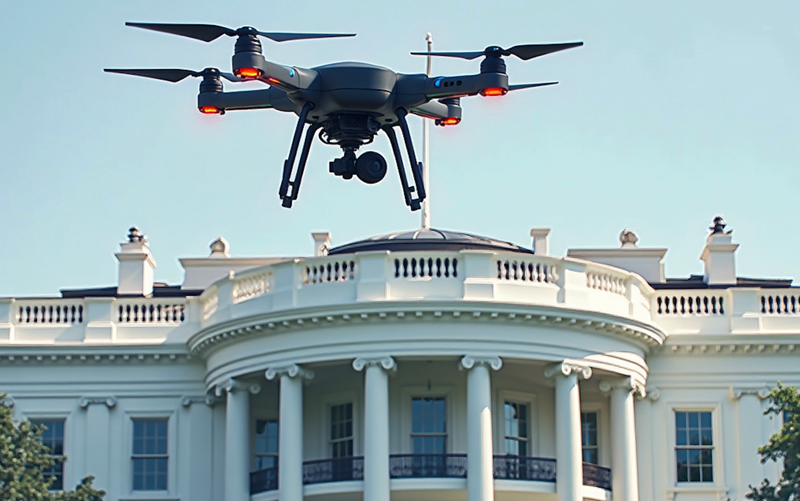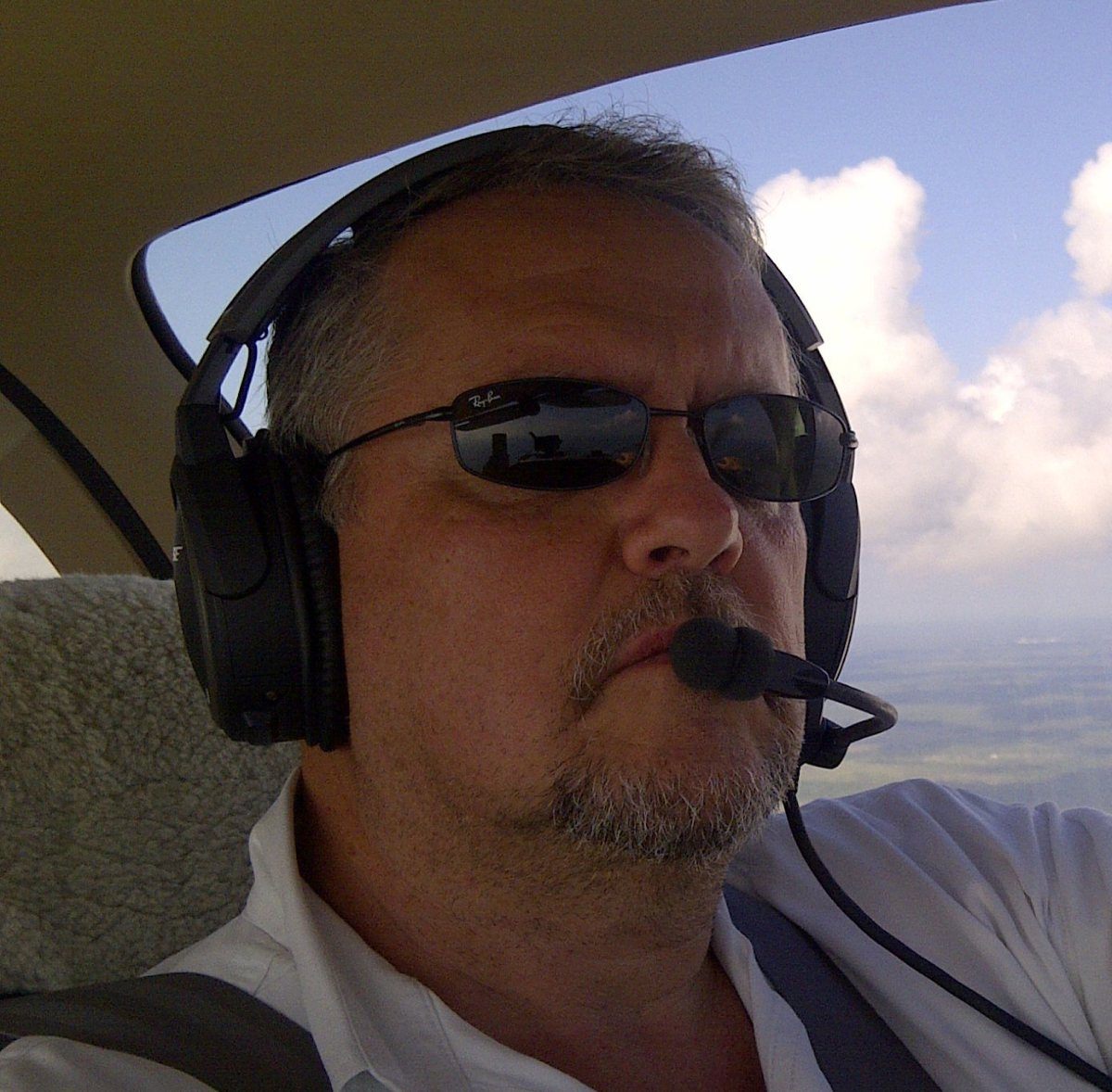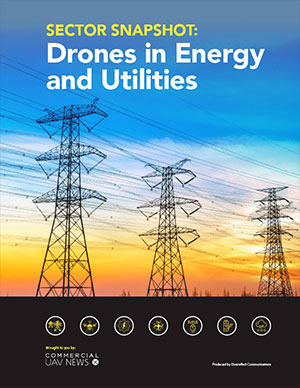Concerns about a potential "DJI ban" have been top of mind for drone operators and drone program stakeholders for years now, with many taking proactive steps to ensure they were prepared for any regulatory changes. Capturing almost as much attention has been FAA regulation to standardize BVLOS operations for drones, commonly referred to as Part 108. Many of those potential changes were the result of congressional efforts, but at least in the short term, it seems that a different branch of the government is driving both topics forward.
Originally reported by the Washington Post, recent chatter across the entire drone industry was taken to another level with rumors of executive orders that would ban Chinese-made drones and serve as a de facto “DJI ban.” On June 6th, President Trump signed two executive orders – “Unleashing American Drone Dominance" and “Restoring American Airspace Sovereignty” – that are respectively designed to reduce regulatory barriers for BVLOS operations as well as increase security for large-scale public events.
You can read the orders in their entirety here and here, but publications ranging from the Wall Street Journal to Petapixel to The Drone Girl have presented similar coverage and analysis. For my money, you’d be hard-pressed to get a better assessment than the breakdown that Greg Reverdiau from the Pilot Institute provides, so rather than repeat what's already been said, let's zero in on two critical elements from this news that will define what’s next for the entire drone industry: DJI and dates.
There was nothing about DJI in either executive order. And we now have specific dates that the entire industry can focus on with timing for Part 108.
Let’s start with DJI. It’s clear that the current administration has a complicated relationship with China, but this industry issue goes back even further. In 2021, the US Treasury designated DJI and seven other companies as part of its Chinese Military-Industrial Complex list, citing national security concerns. This designation prevents US companies from exporting technology to them, yet it hasn’t really impacted what has been reported as a 70% market share for the company, which may be why DJI is seizing the moment to double down on its commitment to transparency.
The fact that there were so many rumors about these executive orders containing a full ban around the usage of DJI technology, and that ultimately not being part of what came to be, is quite telling. It underscores the seismic impact a true "DJI ban" would have. However, a pathway to that very thing has already been established by a 12-month security review deadline that will hit in December of 2025. Others have further detailed why this timeline will loom over upcoming decisions made about the adoption or phasing out of DJI technology by pilots and drone program stakeholders.
That timeline isn’t as important as the ones related to Part 108, which is why some have referenced this news as a “BVLOS Bonanza.” That's partly because this news establishes a pathway to rules that are set to standardize and expand BVLOS operations, based on two critical dates that we can extrapolate from language in the Executive Order, which I'll quote below…
“Within 30 days of the date of this order, the Secretary of Transportation, acting through the Administrator of the Federal Aviation Administration (FAA), shall issue a proposed rule enabling routine Beyond Visual Line of Sight (BVLOS) operations for UAS for commercial and public safety purposes.”
“A final rule shall be published within 240 days of the date of this order, as appropriate.”
For anyone keeping tabs, that’s July 6th, 2025 for a Part 108 NPRM (notice of proposed rulemaking). And then January 31st, 2026 for the final Part 108 rule. They’re critical because they’re specific and go beyond vague talk of timing for performance-based regulatory requirements and a focus on safety, but we’ve seen slips with these deadlines before.
That last point is something Commercial UAV News Contributor Mark Bathrick called out as being essential to understand with any Executive Order. In addition to his own excellent analysis of this news, Bathrick pointed out that Executive Orders are ideal when it comes to establishing a vision and deadlines for a given initiative. What they don’t do is provide funding, staffing or relief from other standing priorities that an agency like the FAA might have. And most crucially, they don’t outline consequences for failing to meet those deadlines.
As Juan Plaza previously pointed out, the FAA published an NPRM for Part 107 on February 23, 2015, and the actual regulation came into effect on August 29, 2016. Which means it took nearly two years for the federal agency to transform a proposed rule into an actual rule. That makes the turnaround time for Part 108, from NPRM to final rule, rather ambitious.
All of which isn’t something to focus on in the short term, and most industry advocates have rightfully championed this news. The Commercial Drone Alliance called out how these Executive Orders provide “a framework to scale safe and secure drone operations while enhancing drone security and airspace transparency.” A statement from AUVSI mentioned how they’ll accelerate “the safe and responsible growth of the drone industry.” These positive sentiments stem from the relief of finally breaking free from the Part 108 waiting game as well as some level of certainty around how the entire industry can continue to utilize DJI technology.
As always, what matters is the reality that comes from such decrees and sentiments. That reality will be defined by near-term decisions related to DJI technology, and what we do and don’t see in the longer term from the FAA when those dates arrive.
Learn where things are and where they’ll be headed with DJI and Part 108 at Commercial UAV Expo this September during sessions focused on BVLOS regulation, drone program development and more.
















Comments